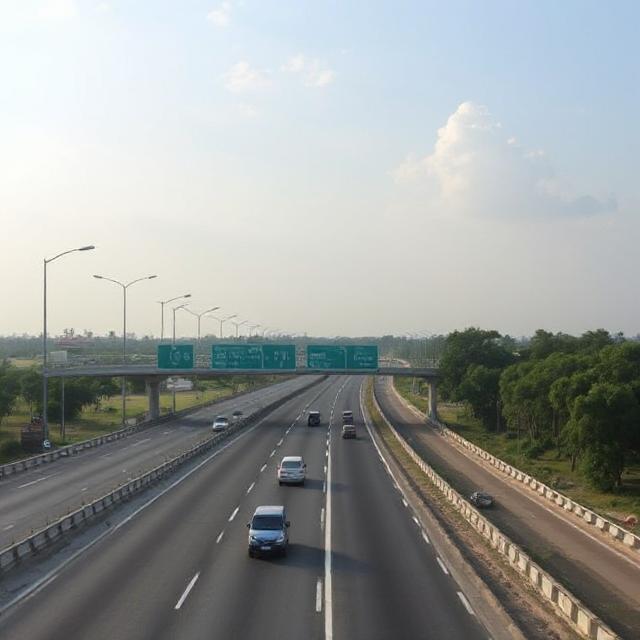Explore India’s complex road network, including toll roads, national highways (NHs), and state highways. Understand their roles, differences, and how they power connectivity and logistics.
Toll Roads, NHs, and State Highways: Understanding India’s Road Network
India has one of the largest and most diverse road networks in the world. From bustling urban expressways to remote rural roads, this vast system is essential for economic development, trade, and everyday mobility. Among the most important components are National Highways (NHs), State Highways (SHs), and Toll Roads.
In this guide, we break down what each type of road means, how they differ, and their unique contributions to the nation’s infrastructure.
🛣️ 1. National Highways (NHs)
What They Are:
National Highways are the arterial roads of India, managed by the National Highways Authority of India (NHAI) under the Ministry of Road Transport and Highways.
Key Features:
- Connect major cities, ports, and industrial hubs across states
- Built and maintained by the central government
- Numbered uniformly (e.g., NH-44, NH-27)
- Designed for long-distance and high-speed travel
Role in Economy:
- Carry 40% of India’s total road traffic despite accounting for only 2% of the total road length
- Critical for freight movement and interstate trade
🛤️ 2. State Highways (SHs)
What They Are:
State Highways are major roads within a particular state, linking district headquarters, towns, and NHs.
Key Features:
- Constructed and maintained by State Public Works Departments (PWDs)
- Vary in quality and size from state to state
- Numbered by the state government (e.g., SH-26 in Maharashtra)
Role in Connectivity:
- Serve as feeder roads to National Highways
- Support intra-state trade and regional development
🚧 3. Toll Roads
What They Are:
Toll roads are any stretches where users pay a fee for road usage, generally to recover the construction and maintenance costs.
Common on:
- Expressways
- National Highways
- Some State Highways (especially upgraded ones under public-private partnership)
Toll Collection Systems:
- Manual Toll Booths
- FASTag (electronic toll collection mandated across NHs)
Purpose:
- Ensure sustainable funding
- Improve road quality and travel speed
- Promote private investment in infrastructure development
⚖️ NHs vs SHs vs Toll Roads: Key Differences
| Feature | National Highways | State Highways | Toll Roads |
|---|---|---|---|
| Managed by | Central Government (NHAI) | State Governments | Public/Private under PPP |
| Connectivity | Inter-state | Intra-state | Varies (urban/rural/long-haul) |
| Funding | Central budget, PPP | State funds, PPP | Toll revenue |
| Example | NH-44 (Srinagar–Kanyakumari) | SH-38 (in Tamil Nadu) | Delhi–Meerut Expressway |
🌐 How They Work Together
India’s road network is a layered system:
- NHs serve as national arteries
- SHs link local districts to NHs
- Toll roads often overlap with both, ensuring better maintenance and infrastructure quality
Together, they connect urban centers with rural markets, boost supply chains, and facilitate trade and travel at every level.
🧭 Conclusion
Understanding the roles and responsibilities of National Highways, State Highways, and Toll Roads is essential for everyone involved in logistics, transportation, and urban planning. With infrastructure playing a central role in India’s economic vision, each road type contributes to a more connected, mobile, and prosperous nation.
Keywords:
- India road network
- toll roads in India
- national highways
- state highways
- Indian transportation system
- NH vs SH
- logistics in India
- road infrastructure in India

